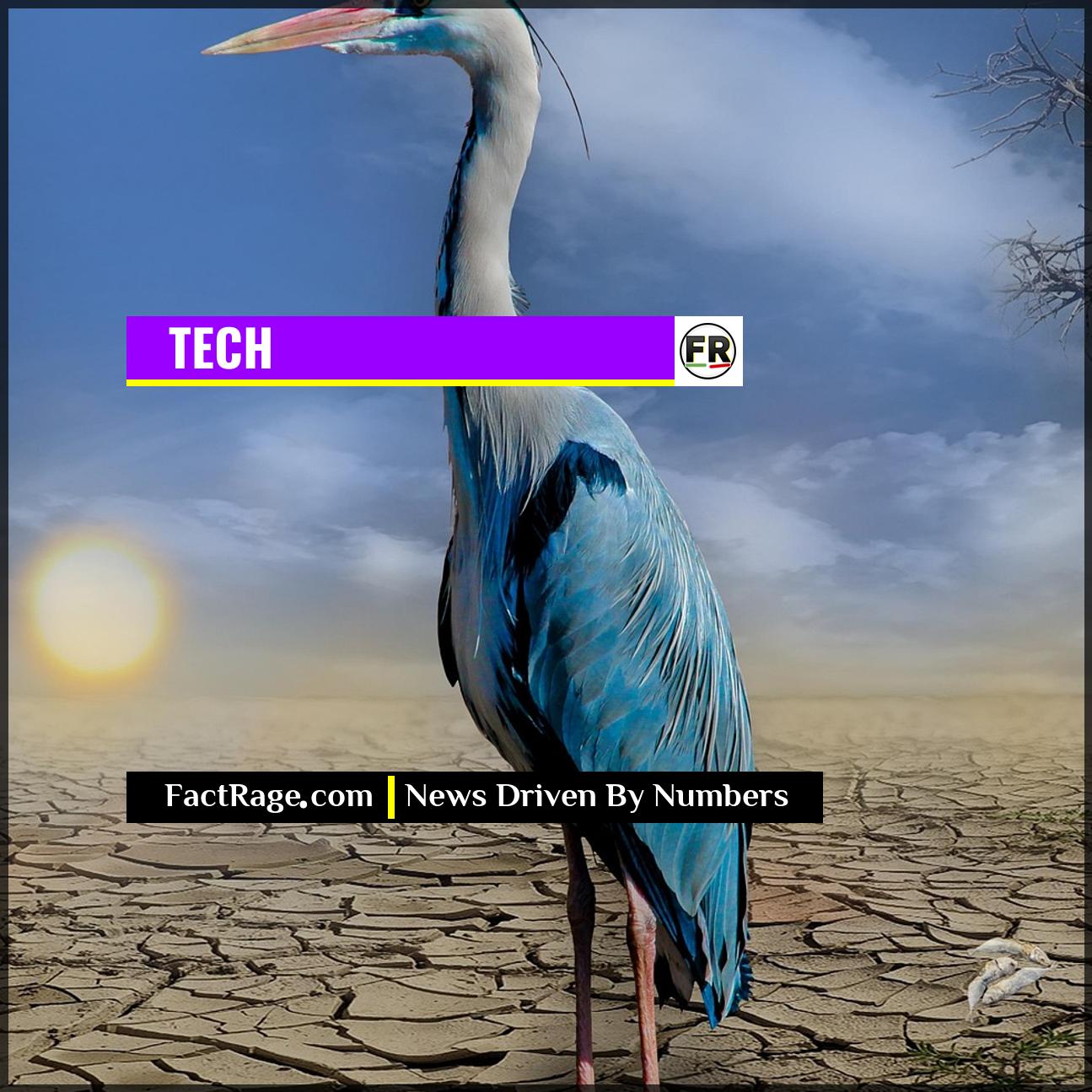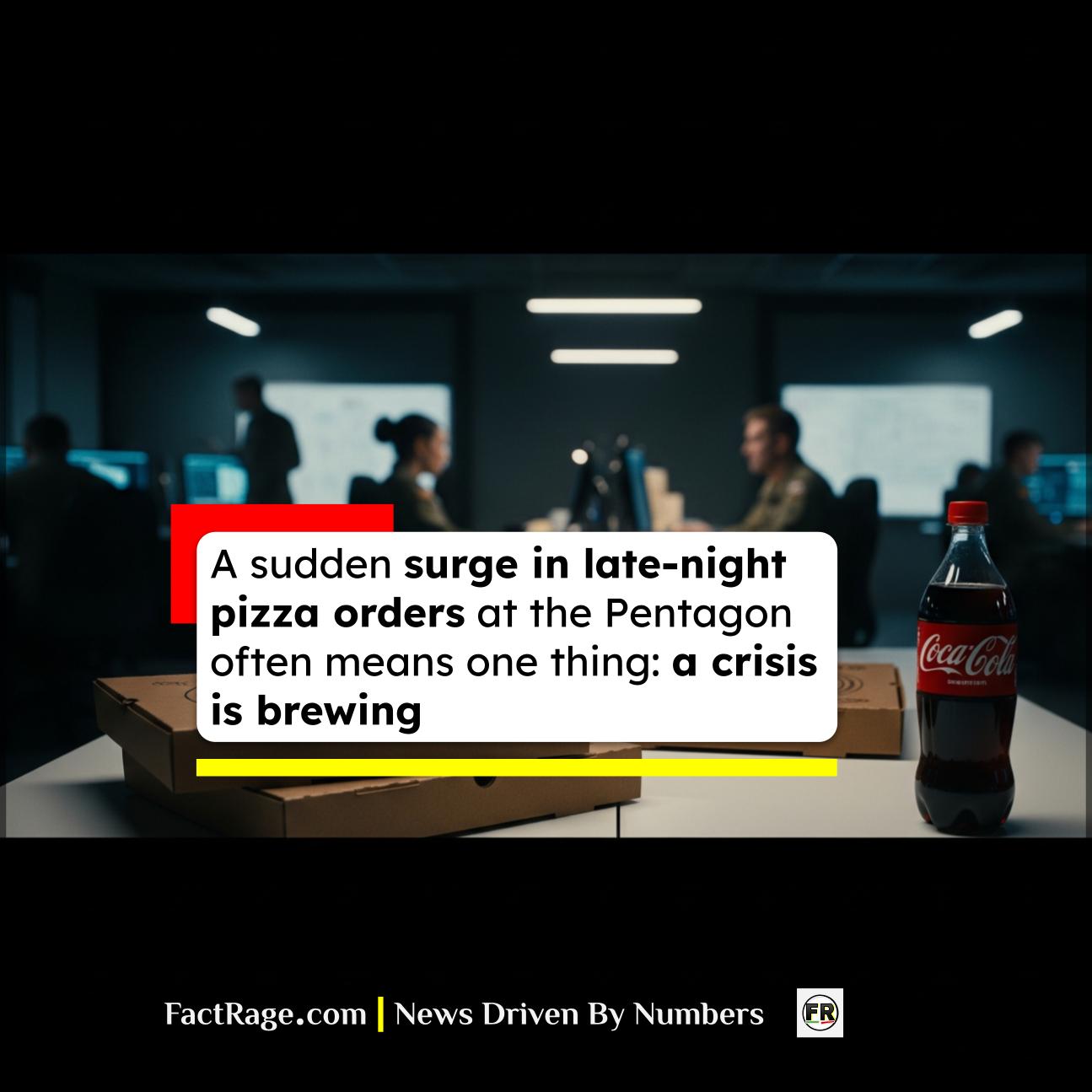FACTRAGE – In less than two weeks, the world’s leading climate scientists will issue a focused and urgent assessment on “tipping points,” critical thresholds that could lock the planet into irreversible and self-perpetuating change.
- Defining a Tipping Point – A climate tipping point is a threshold that, once crossed, leads to large, often abrupt, and irreversible changes in a part of the Earth’s system.
- Key Systems at Risk – Scientists have identified over a dozen major tipping points, including the collapse of the Greenland and West Antarctic ice sheets, dieback of the Amazon rainforest, and shutdown of major ocean currents.
- The Urgency of the Report – The upcoming IPCC Special Report will synthesize the latest evidence on how close we are to these points, their potential interactions, and the severe consequences of crossing them.
This landmark report from the Intergovernmental Panel on Climate Change (IPCC), expected on July 15, moves the conversation beyond gradual warming to the risk of rapid, systemic shifts. Understanding the science behind these tipping points is essential for grasping the full scope of the climate challenge.
What Exactly Is a Climate Tipping Point?

Imagine a canoe. You can lean slightly to one side and it will rock back to a stable position. But lean too far, and you reach a point of no return—the canoe capsizes suddenly. A climate tipping point operates on a similar principle, but on a planetary scale. It’s the moment when a part of the climate system, like an ice sheet or a rainforest, is pushed into a new state that it cannot easily recover from, even if the initial warming is reversed.
Once triggered, these changes can become self-sustaining. For example, as the Arctic sea ice melts, the darker ocean water below absorbs more solar radiation, which in turn causes more melting. This creates a feedback loop that accelerates the change, independent of the original trigger. The core question the IPCC will address is how much warming is “too much” for each of these critical systems.
Which Global Systems Are Closest to the Edge?
Scientists have identified several large-scale systems that show evidence of being vulnerable tipping points. Recent research, which will be assessed in the new report, suggests some of these thresholds could be breached even within the Paris Agreement’s targets of 1.5°C to 2°C of warming.
Key systems of concern include:
- Ice Sheets (Greenland and West Antarctica): Their collapse is considered a tipping point because the process would become irreversible, leading to a sea-level rise of several meters over centuries. Some studies suggest the tipping point for the Greenland ice sheet could lie between 1°C and 3°C of warming, a range we are currently entering.
- Amazon Rainforest: Widespread deforestation and climate change could trigger a large-scale “dieback,” transforming large parts of the rainforest into a drier, savanna-like ecosystem. This would release massive amounts of carbon into the atmosphere and drastically alter regional weather patterns.
- Atlantic Ocean Circulation (AMOC): This complex system of currents, which includes the Gulf Stream, transports heat and regulates weather in the Northern Hemisphere. A slowdown or collapse could lead to dramatic cooling in Europe, altered rainfall patterns in the tropics, and accelerated sea-level rise on the U.S. East Coast.
- Permafrost Thaw: The abrupt thawing of vast areas of frozen ground in the Arctic could release enormous quantities of stored methane and carbon dioxide, greenhouse gases that would create a powerful warming feedback loop.
What Are the Consequences of Crossing These Thresholds?
The impact of crossing a climate tipping point extends far beyond the specific system involved. Because Earth’s systems are interconnected, triggering one can increase the likelihood of triggering others in a “tipping cascade.”
For example, the loss of Arctic sea ice can accelerate Greenland’s melting. The collapse of the Amazon could alter atmospheric patterns that affect ocean currents. The consequences are not just environmental; they are profoundly human. Irreversible sea-level rise would threaten coastal cities and economies worldwide. The disruption of the AMOC would challenge agriculture and water supplies for billions of people.
This upcoming IPCC report is significant because it will provide the most authoritative scientific consensus on these high-impact, non-linear risks. It will synthesize thousands of studies to offer policymakers and the public a clearer picture of the cliffs we may be approaching, shifting the focus from simply managing gradual change to avoiding catastrophic, permanent shifts in how our planet functions.














